Death camp commemoration amid controversy
Serbian PM Mirko Cvetković is in Jasenovac, Croatia, this Sunday, for a commemoration dedicated to the prisoners of the WW2 death camp there.
Sunday, 26.04.2009.
13:08

Serbian PM Mirko Cvetkovic is in Jasenovac, Croatia, this Sunday, for a commemoration dedicated to the prisoners of the WW2 death camp there. Cvetkovic heads a Serbian delegation attending the ceremonies set to honor the memory of an attempted breach of the Donja Gradina camp, a part of the Jasenovac complex. Death camp commemoration amid controversy This camp, set up by the puppet Nazi Independent State of Croatia (NDH) Ustasha regime, was the single largest place of execution of Serbs, Jews and Romas killed during the war in the territory of former Yugoslavia. Croatian President Stjepan Mesic will "traditionally attend", reports said. He will be joined by Vice President Jadranka Kosor and Croatian Assembly Speaker Zeljka Antunovic. According to the same reports, the Catholic Church in this country has also recently "softened its stance on Jasenovac", sending the highest ranking dignitary thus far, Archbishop Marin Srakic. "We all care to see the truth about Jasenovac come to light. The truth will not adjust to us, but we will respect it." Previously, the Catholic Church sent its lower-ranked bishops to the Jasenovac commemorations. This was in contrast to its approach to Blajburg – the location where mainly NDH forces fleeing at the end of the war were killed. A new museum exhibition at the memorial site in Jasenovac was set up three years ago and has since been the object of constant criticism. Zagreb Jewish Community President Ognjen Kraus said that the exhibition does not show the full truth about the horrors of the NDH. He reminded that the Ustasha regime in Croatia carried out Hitler's extermination plans "more thoroughly than any other quisling regime". "The clearest picture that you find in the Jasenovac museum is [NDH] Chief Ante Pavelic's handshake with Hitler. Not a single writing is clear or legible. The names are placed so that they are above you, you must really invest an effort to read them," said Kraus. A former judge of the Croatian Constitutional Court and former President Franjo Tudjman's associate "took care of the scandal ahead of this year's memorial", our reporter says. Vice Vukojevic – known to the public in a case of alleged rape of a Bosniak girl in a Croat camp in wartime Bosnia – this week said that the death camp was in fact "ran by Jews". The NDH, according to him, "only provided them with guards". The scandalous remark was backed up with a claim he failed to provide any proof for, that the NDH and the Jewish Community in Zagreb "had a contract on financing the camp". Representatives of the Jewish organizations in Croatia dismissed these allegations as lies, branding Vukojevic "a sick man". Another ongoing controversy related to Jasenovac is the exact number of the victims who perished there. The memorial museum lists the names and data on 75,159 persons. However, the figures given by various sources range from 80,000 to 700,000 victims. Authorities of the communist Yugoslavia were, in the wake of the Second World War, reluctant to speak about the proportions of the genocide committed in Jasenovac, all for the sake of the proclaimed "brotherhood and unity" of the nations making up the country. Still, a state commission set up immediately after the war put the number of the death camp victims at between 600,000 and 700,000 people. Further proof that these numbers are the closest to the truth can be found in a German document, which states that only in the first year and a half of the existence of Jasenovac, more than 200,000 people were killed there. The concentration camp, set up on the banks of the Sava River, was modeled after similar camps in Nazi Germany, and was founded by one of the Ustasha movement leaders Vjekoslav Luburic, a.k.a. Maks, who was also its first commander. Ustasha Minister of Police Andrija Artukovic and Jasenovac warden Dinko Sakic, who fled across the Atlantic after the war, were tried and convicted of war crimes committed against civilians. Catholic Archbishop Alojzije Stepinac was not tried for genocide, but was sentenced to 16 years in jail on war crimes charges. However, he was pardoned after two years, to later become cardinal. The Catholic Church has since beatified him. The camp itself was destroyed and burned on Luburic's orders, in an attempt to hide any evidence of the genocide committed there. The last group of prisoners was executed on April 21, 1945, while only a day later, the remaining prisoners made a desperate decision to try to break through the camp's fences. Only 118 survived. 22,000 children, mostly Serbs, were also among the victims of Jasenovac.
Death camp commemoration amid controversy
This camp, set up by the puppet Nazi Independent State of Croatia (NDH) Ustasha regime, was the single largest place of execution of Serbs, Jews and Romas killed during the war in the territory of former Yugoslavia.Croatian President Stjepan Mesić will "traditionally attend", reports said. He will be joined by Vice President Jadranka Kosor and Croatian Assembly Speaker Željka Antunović.
According to the same reports, the Catholic Church in this country has also recently "softened its stance on Jasenovac", sending the highest ranking dignitary thus far, Archbishop Marin Srakić.
"We all care to see the truth about Jasenovac come to light. The truth will not adjust to us, but we will respect it."
Previously, the Catholic Church sent its lower-ranked bishops to the Jasenovac commemorations. This was in contrast to its approach to Blajburg – the location where mainly NDH forces fleeing at the end of the war were killed.
A new museum exhibition at the memorial site in Jasenovac was set up three years ago and has since been the object of constant criticism. Zagreb Jewish Community President Ognjen Kraus said that the exhibition does not show the full truth about the horrors of the NDH.
He reminded that the Ustasha regime in Croatia carried out Hitler's extermination plans "more thoroughly than any other quisling regime".
"The clearest picture that you find in the Jasenovac museum is [NDH] Chief Ante Pavelić's handshake with Hitler. Not a single writing is clear or legible. The names are placed so that they are above you, you must really invest an effort to read them," said Kraus.
A former judge of the Croatian Constitutional Court and former President Franjo Tuđman's associate "took care of the scandal ahead of this year's memorial", our reporter says.
Vice Vukojević – known to the public in a case of alleged rape of a Bosniak girl in a Croat camp in wartime Bosnia – this week said that the death camp was in fact "ran by Jews".
The NDH, according to him, "only provided them with guards".
The scandalous remark was backed up with a claim he failed to provide any proof for, that the NDH and the Jewish Community in Zagreb "had a contract on financing the camp".
Representatives of the Jewish organizations in Croatia dismissed these allegations as lies, branding Vukojević "a sick man".
Another ongoing controversy related to Jasenovac is the exact number of the victims who perished there. The memorial museum lists the names and data on 75,159 persons. However, the figures given by various sources range from 80,000 to 700,000 victims.
Authorities of the communist Yugoslavia were, in the wake of the Second World War, reluctant to speak about the proportions of the genocide committed in Jasenovac, all for the sake of the proclaimed "brotherhood and unity" of the nations making up the country.
Still, a state commission set up immediately after the war put the number of the death camp victims at between 600,000 and 700,000 people.
Further proof that these numbers are the closest to the truth can be found in a German document, which states that only in the first year and a half of the existence of Jasenovac, more than 200,000 people were killed there.
The concentration camp, set up on the banks of the Sava River, was modeled after similar camps in Nazi Germany, and was founded by one of the Ustasha movement leaders Vjekoslav Luburić, a.k.a. Maks, who was also its first commander.
Ustasha Minister of Police Andrija Artuković and Jasenovac warden Dinko Šakić, who fled across the Atlantic after the war, were tried and convicted of war crimes committed against civilians.
Catholic Archbishop Alojzije Stepinac was not tried for genocide, but was sentenced to 16 years in jail on war crimes charges. However, he was pardoned after two years, to later become cardinal. The Catholic Church has since beatified him.
The camp itself was destroyed and burned on Luburić's orders, in an attempt to hide any evidence of the genocide committed there.
The last group of prisoners was executed on April 21, 1945, while only a day later, the remaining prisoners made a desperate decision to try to break through the camp's fences. Only 118 survived.
22,000 children, mostly Serbs, were also among the victims of Jasenovac.


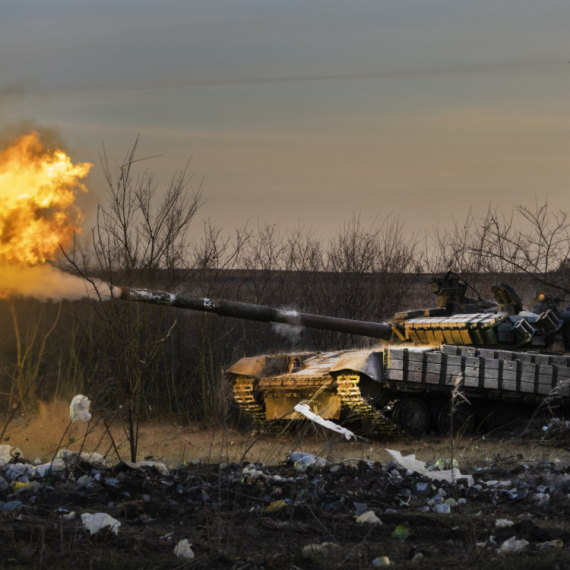
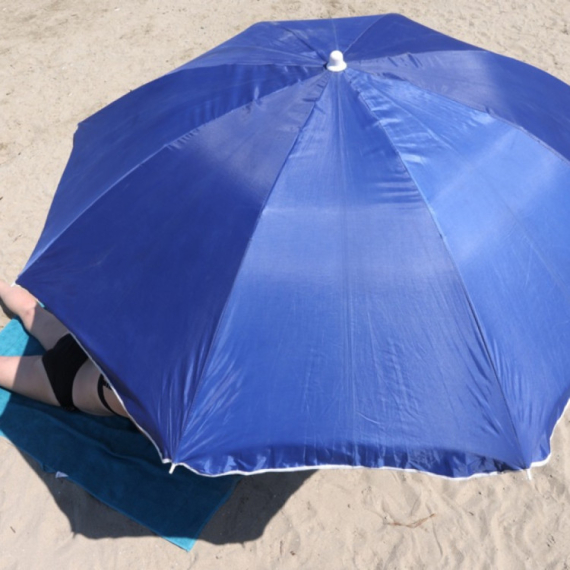
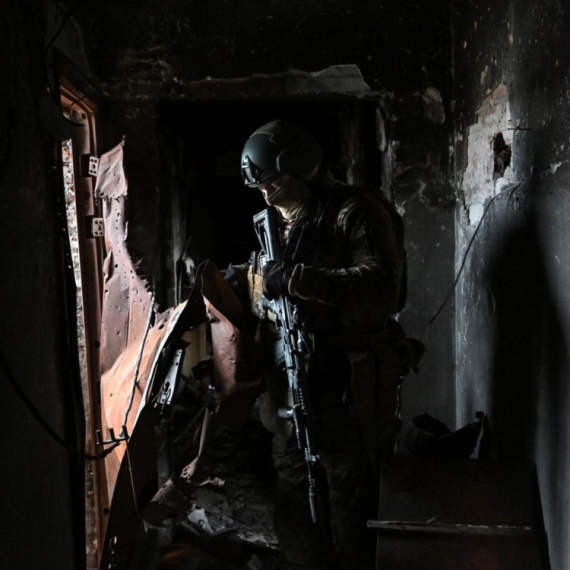





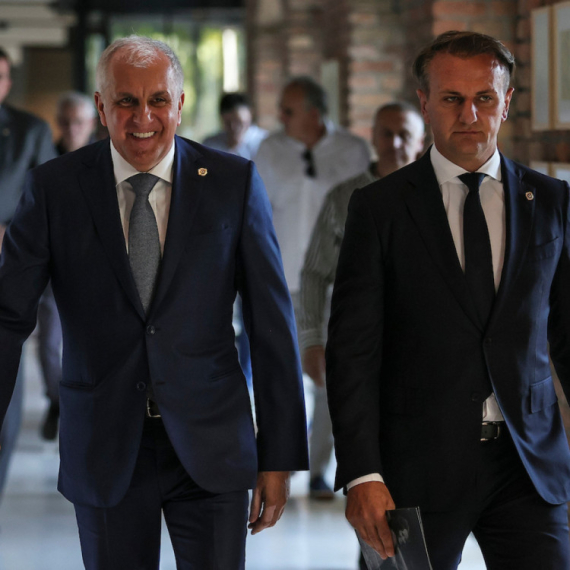






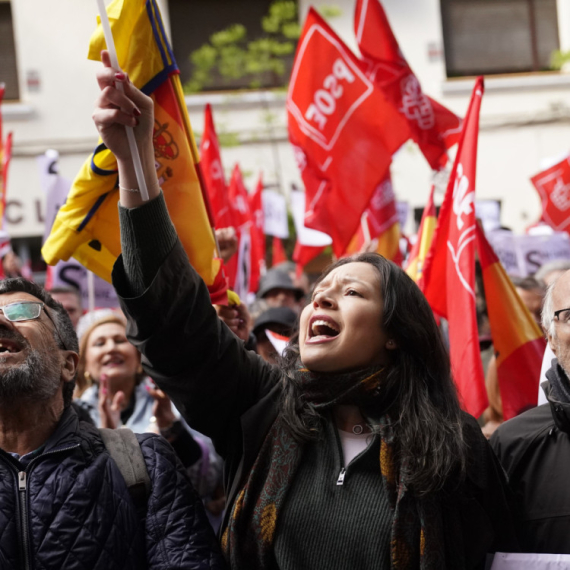
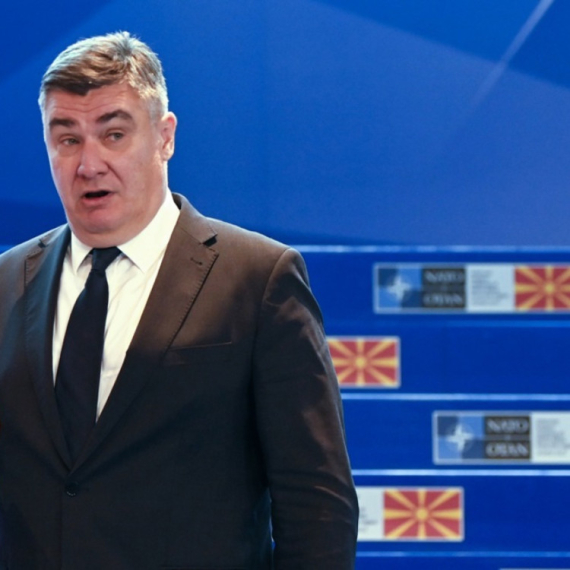
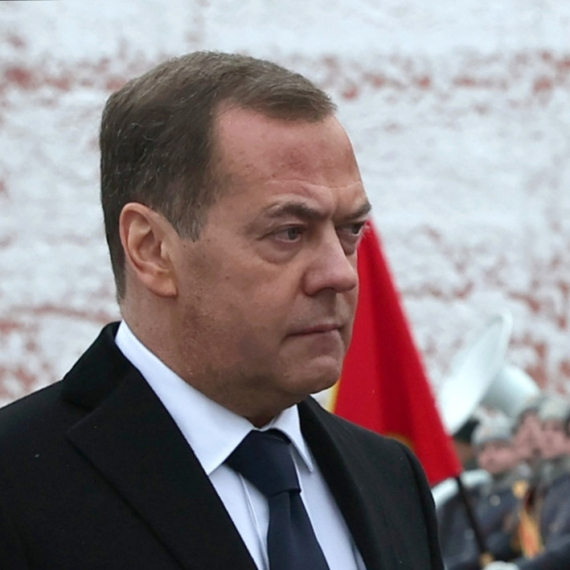
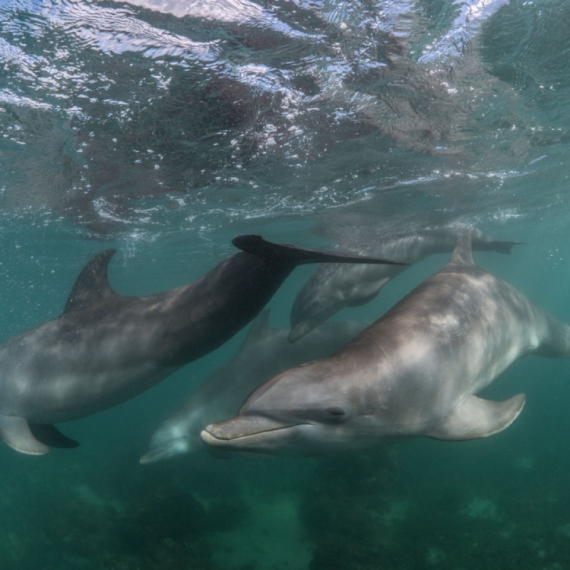



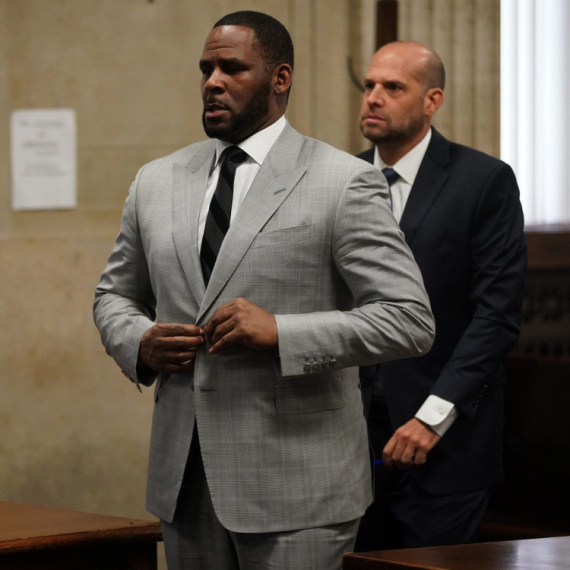





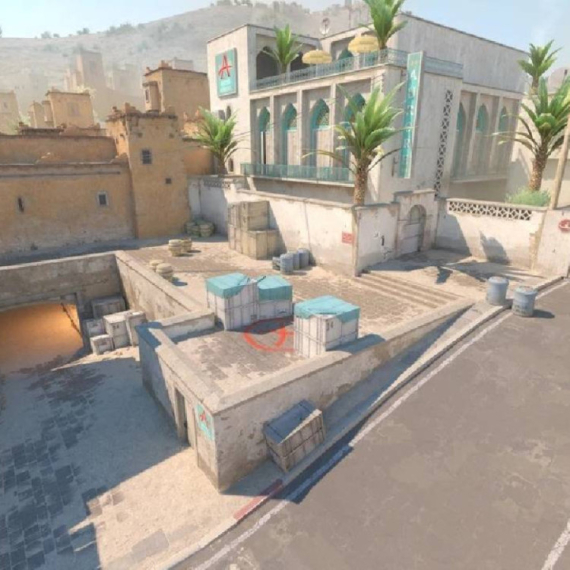




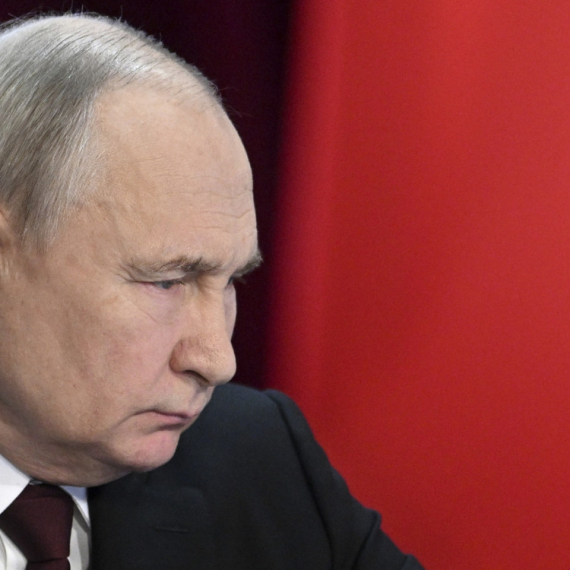
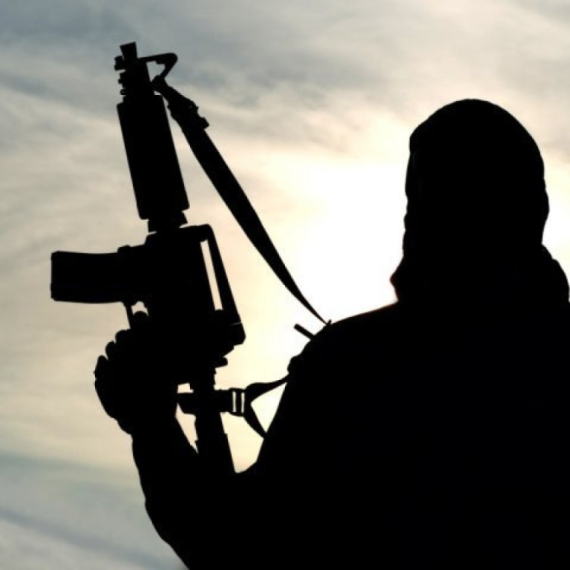
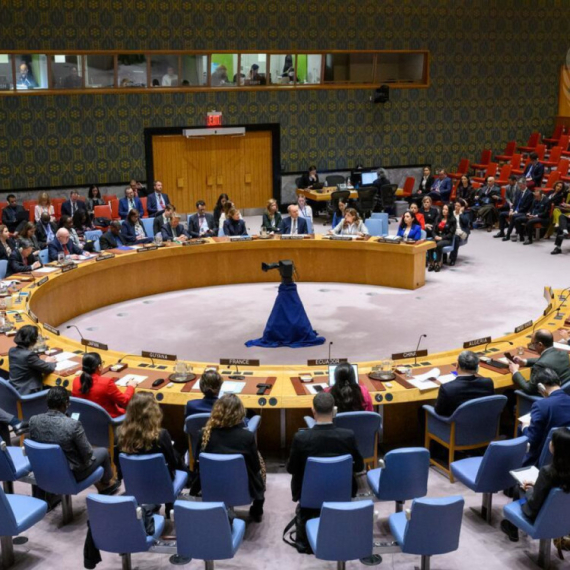
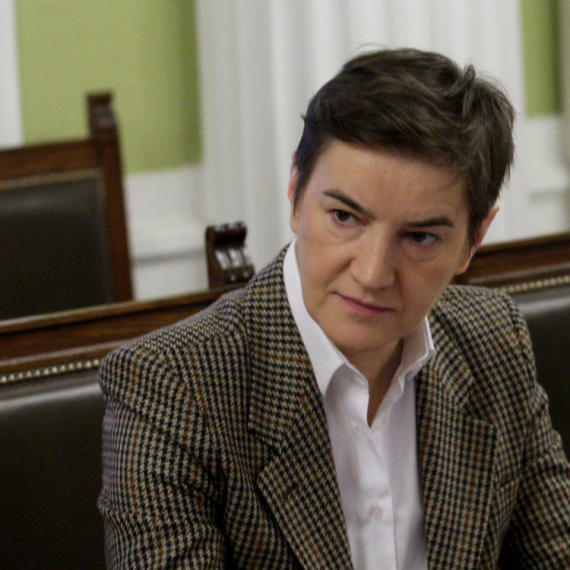
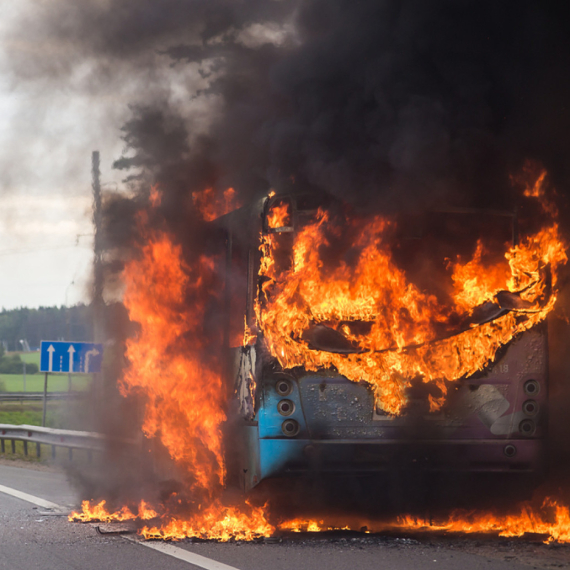






Komentari 8
Pogledaj komentare